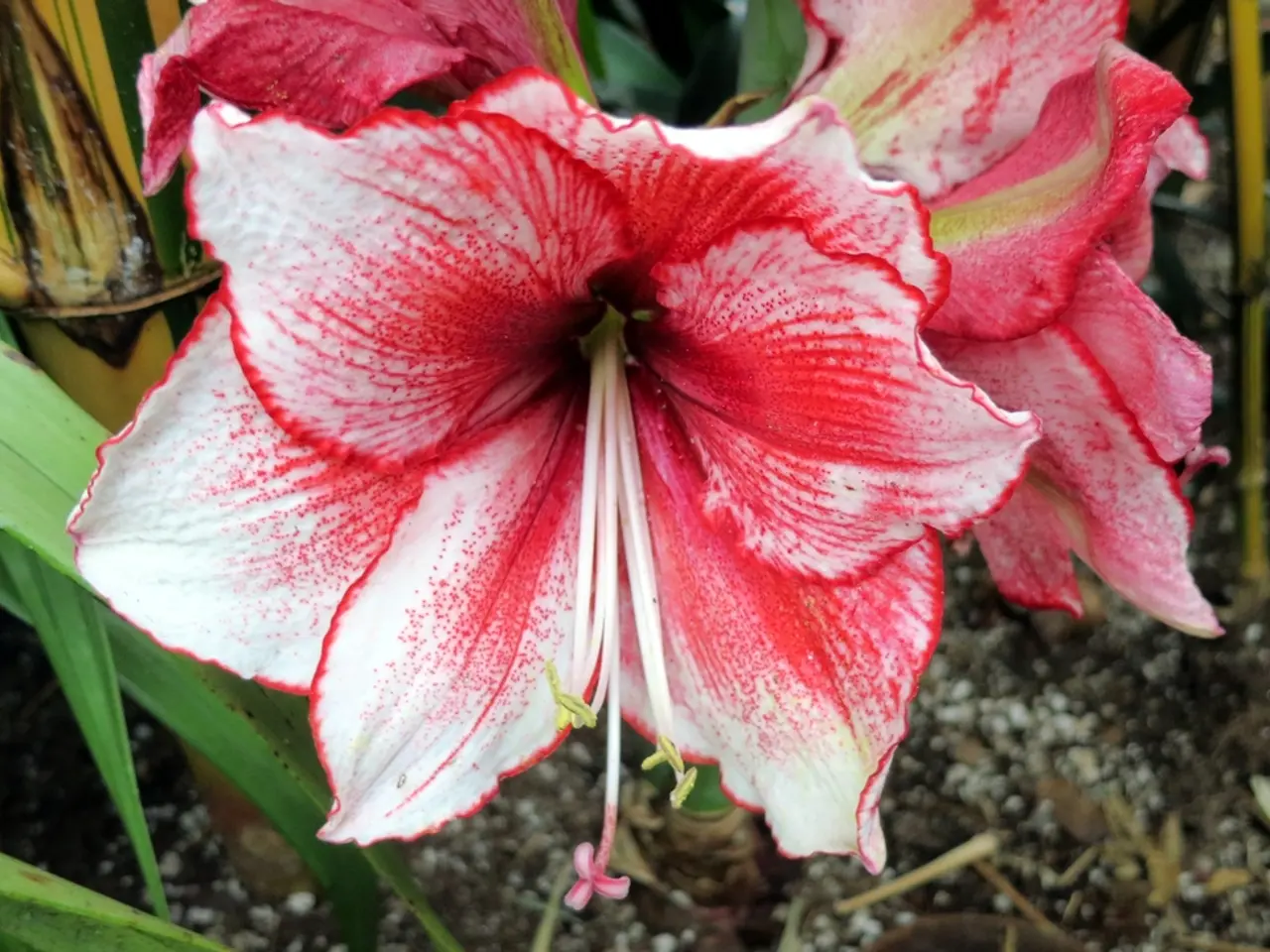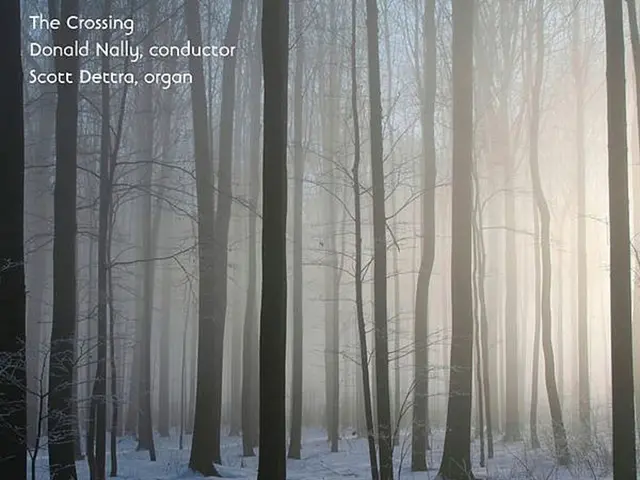Harmonious Union of Soil and Flora Grounded in Composition
In the world of gardening, understanding the type of soil you have can greatly impact the success of your plants. Here's a breakdown of some common soil types and their characteristics:
Sandy Soil
Sandy soil is characterized by its gritty texture and light colour. It is composed of tiny pieces of rock and sand, creating a coarse, gritty feel when rubbed between the fingers. One of the main drawbacks of sandy soil is that it often contains very little humus or organic matter, which is essential for delivering nutrients to plants. However, sandy soil has excellent drainage properties, allowing water to drain easily. This makes it ideal for growing almost any plant or food, except for those that require very dry soil.
Silty Soil
Silty soil is rich in nutrients and is easily cultivated. It contains at least 80% silt and is often found along riverbeds and in places that have previously been flooded. Silty soil is soft and soapy, with good moisture retention. Due to its high water-holding capacity, silty soil can be beneficial for moisture-loving plants. Vegetable crops such as brassicas, legumes, root crops, and salad crops do well in well-drained silty soils. Shrubs, climbers, grasses, and perennials such as Mahonia and New Zealand flax also thrive in silty soil.
Peaty Soil
Peaty soil originates in wetlands and consists of a large amount of organic material, such as dead plants and mosses. Peaty soil has high acidity levels, causing organic materials to break down slowly. This can be beneficial for moisture-loving plants, but it may require adjustments to the soil's pH for certain plants. Vegetable crops that do well in peaty soils include those that prefer acidic conditions, such as blueberries and cranberries.
Clay Soil
Clay soil is made up of very small, flat sediment that packs tightly together, making it cohesive and adhesive. It is challenging for gardeners because it is extremely dense and resistant to water movement, which is not conducive to root growth. When wet, clay soil is sticky, and when dry, it becomes rock-hard. However, clay soil is often rich in nutrients and can be beneficial for certain plants, such as those that thrive in chalk soils with high calcium carbonate content.
Chalky Soil
Chalky soil is largely made up of calcium carbonate and is often shallow, stony, and free-draining. It is prone to nutrient deficiencies, particularly regarding iron and manganese. To improve chalky soil for gardening, it is essential to add organic matter to enhance moisture retention and humus levels. Plants that thrive in chalky soils with high calcium carbonate content include wild marjoram, common evening primrose, common catchfly, soapwort, chicory, and lemon daylily, among others suited for sunny to partially shaded, calcareous soils.
Understanding these soil types can help you make informed decisions about what to plant and how to care for your garden. By amending the soil or choosing plants that are well-suited to your soil type, you can create a thriving garden that brings joy and beauty to your outdoor space.





